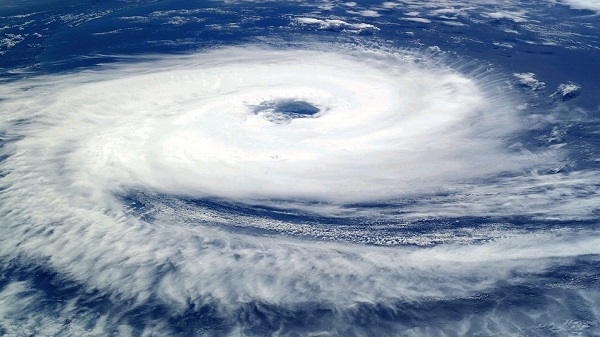New Delhi, (Asian independent) Faster speed and wind shear were the two major factors that prevented the deep depression skirting Andaman & Nicobar Islands from intensifying into a cyclonic storm on Tuesday.
The India Meteorological Department (IMD) had been predicting till Monday that the deep depression would intensify into Cyclone Asani on Tuesday and hit the Myanmar coast on Wednesday in the early hours. However, the system did not intensify as a cyclone and remained as deep depression and even hit the Myanmar coast in the afternoon on Tuesday itself.
Cyclone genesis depends on a lot of factors such as wind pattern in the atmosphere, the sea conditions, and even wind shear, or difference of winds in the lower layer and upper layer.
The IMD’s initial forecast, even when the system was just a low pressure area, had mentioned wind speeds would increase to 70-80 kmph, gusting to 90 kmph, which was then revised to 65-75 kmph, gusting to 85 kmph, by Monday evening. The observations show that the actual wind speed was recorded at 55-65 kmph gusting to 75.
And here lies the catch.
The category cyclonic storm starts when wind speeds cross 65 kmph; below it, however strong the winds may be and lead to widespread damage etc., but it will be still termed as a deep depression.
Explaining the reasons why it happened, IMD’s Director General, Meteorology, Mrutyunjay Mohapatra said: “The system moved a little faster than expected and started interacting with the land surface (the northern end touching Myanmar). Also, the vertical wind shear was expected to be at 5-10 knots but it was actually 15-20 knots.”
In December last year, when IMD had predicted the Jawad, which had originated in the Bay of Bengal, will gain increased speed as it reached Puri onwards towards West Bengal, it may witness less speed but the cyclone weakened even before it reached Puri. That time too, the IMD had explained that the cyclone weakened due to increased vertical wind shear combined with land interaction.
Also, different countries have different definitions for such phenomena. Even when the IMD’s definition prevented it from calling it as a cyclonic storm (or cyclone for popular consumption), Thailand has already termed it as a cyclone as per its own definitions.
Meanwhile, the IMD continues to provide information to Myanmar as part of its obligation wherein as designated by the World Meteorological Organisation (WMO), it is one of the five regional specialised meteorological centres (RSMCs) for Tropical Cyclones set up across the globe. Each of these is given the task of issuing advisories for the geographical areas assigned by the WMO.
Catering to the entire Indian Ocean rim countries, the IMD issues advisories for tropical cyclones to 13 member nations – Bangladesh, Iran, Maldives, Myanmar, Oman, Pakistan, Qatar, Saudi Arabia, Sri Lanka, Thailand, the UAE and Yemen, not to mention for India.








